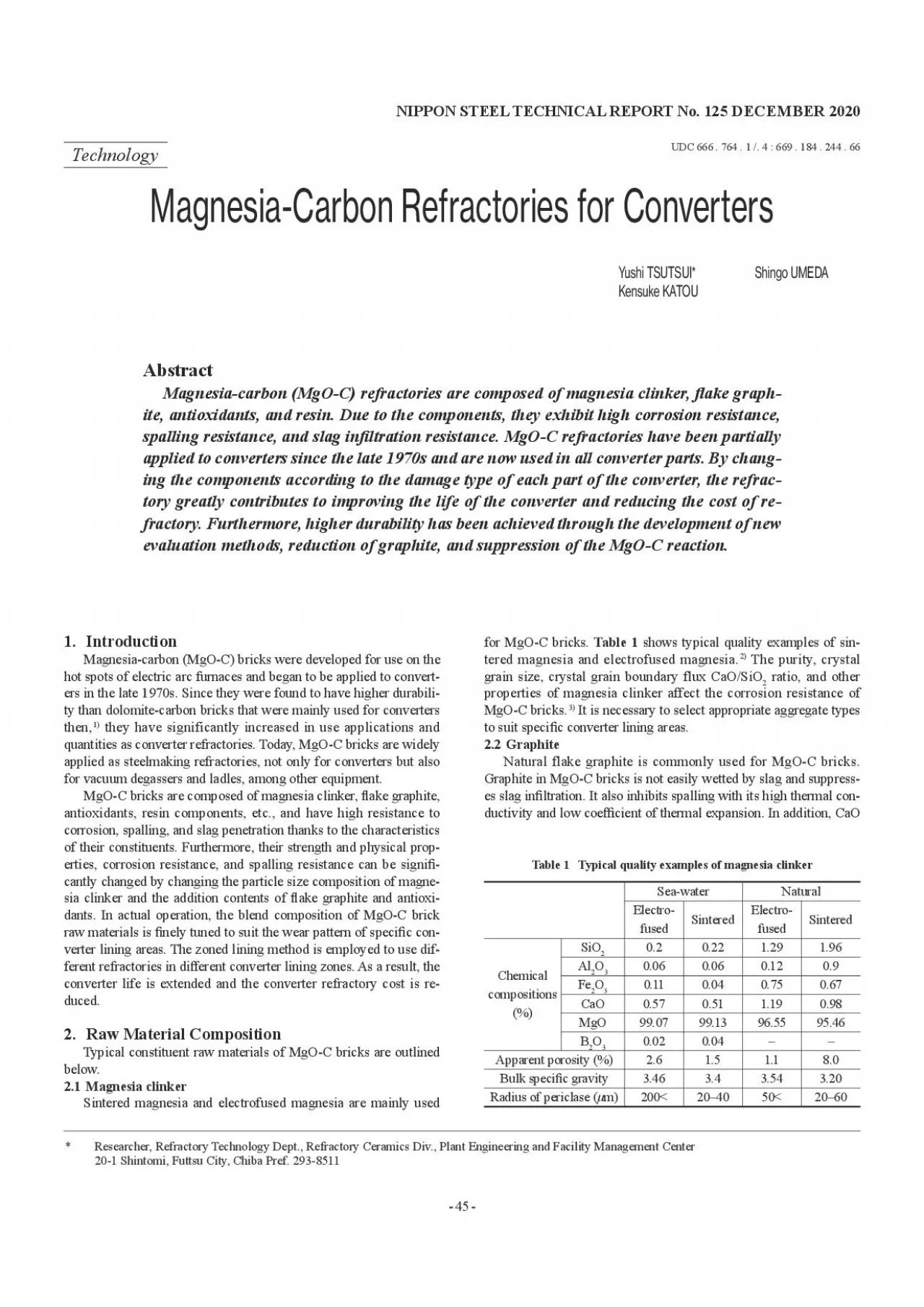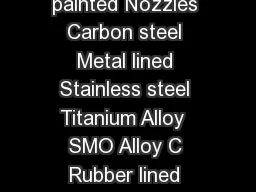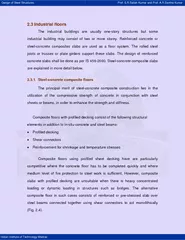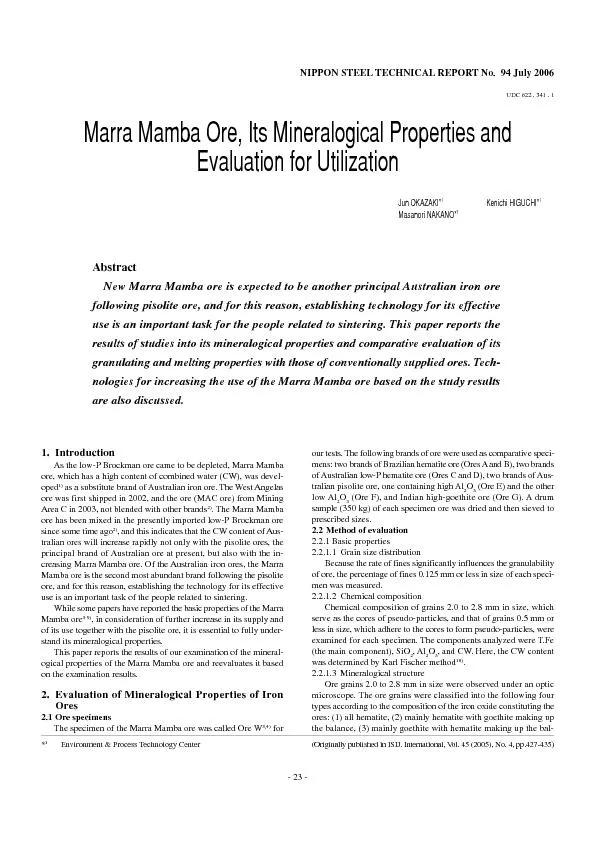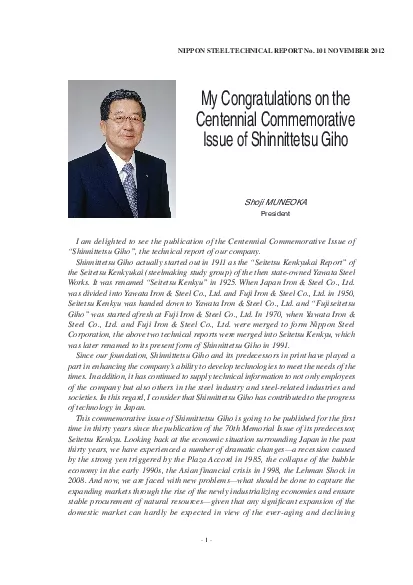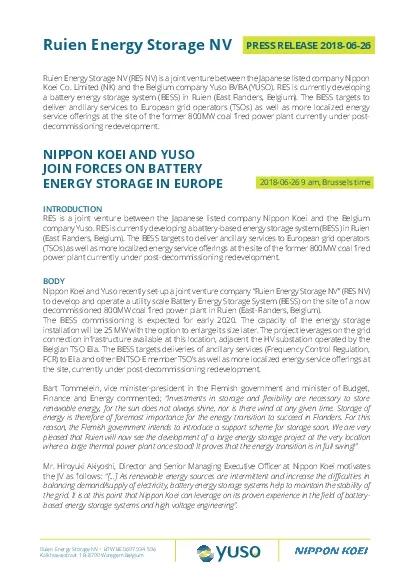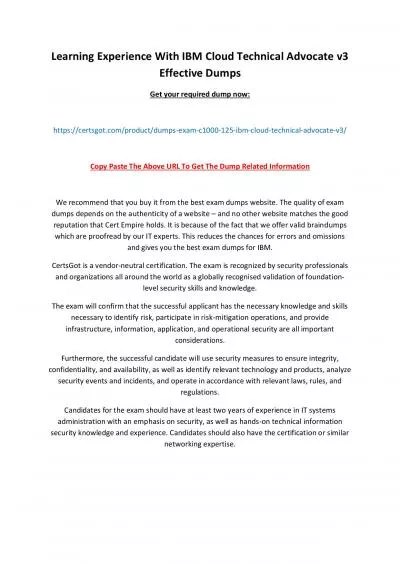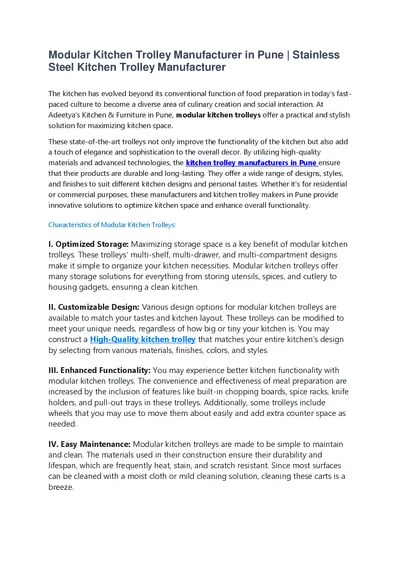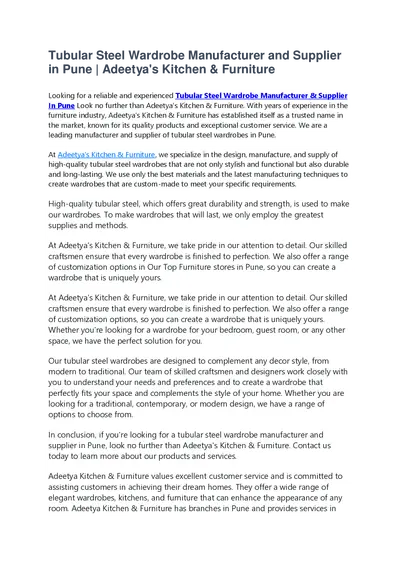PDF-NIPPON STEEL TECHNICAL REPORT No 125
Author : ruby | Published Date : 2022-08-26
2020 45 UDC 666 764 1 4 669 184 244 66 Technology MagnesiaCarbon Refractories for Converters Yushi TSUTSUIShingo UMEDA Kensuke KATOU Abstract Magnesiacarbon
Presentation Embed Code
Download Presentation
Download Presentation The PPT/PDF document "NIPPON STEEL TECHNICAL REPORT No 125" is the property of its rightful owner. Permission is granted to download and print the materials on this website for personal, non-commercial use only, and to display it on your personal computer provided you do not modify the materials and that you retain all copyright notices contained in the materials. By downloading content from our website, you accept the terms of this agreement.
NIPPON STEEL TECHNICAL REPORT No 125: Transcript
Download Rules Of Document
"NIPPON STEEL TECHNICAL REPORT No 125"The content belongs to its owner. You may download and print it for personal use, without modification, and keep all copyright notices. By downloading, you agree to these terms.
Related Documents

